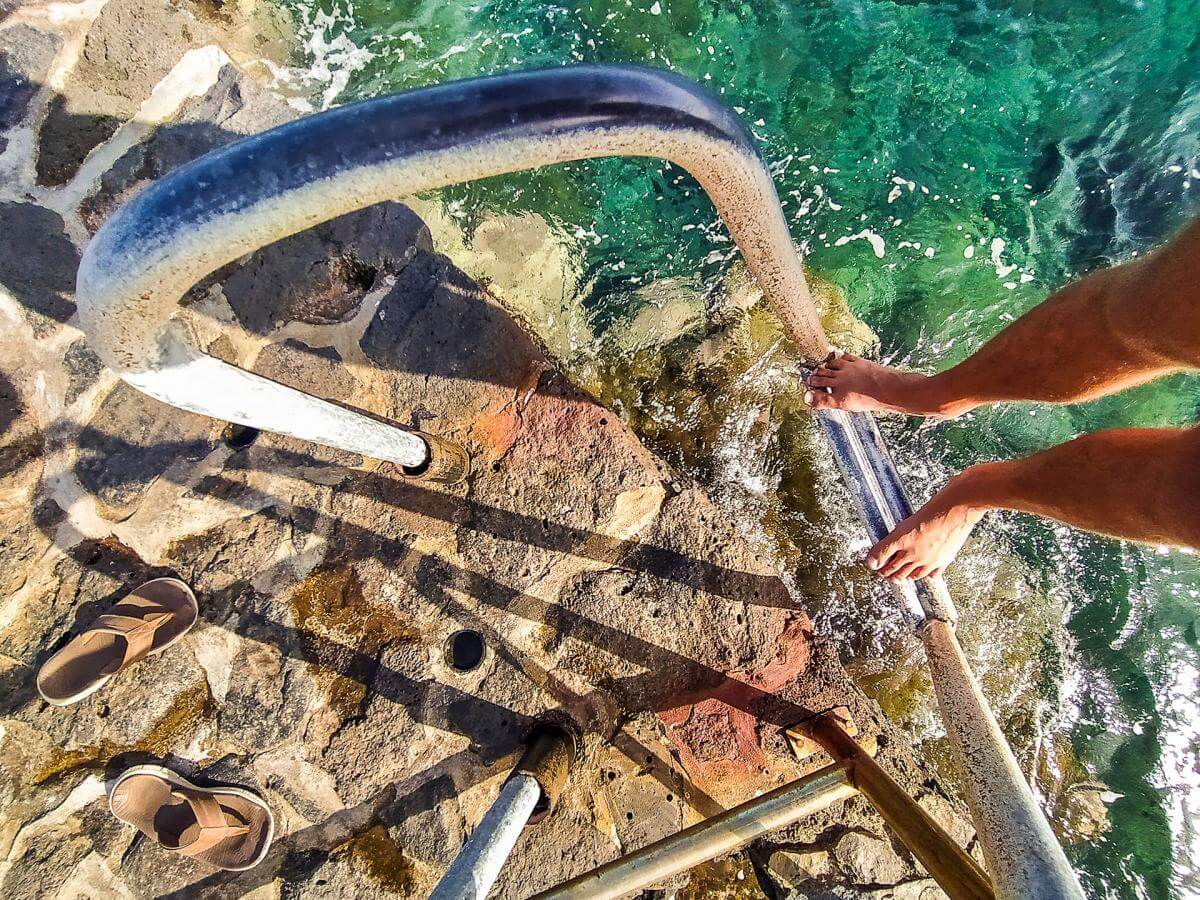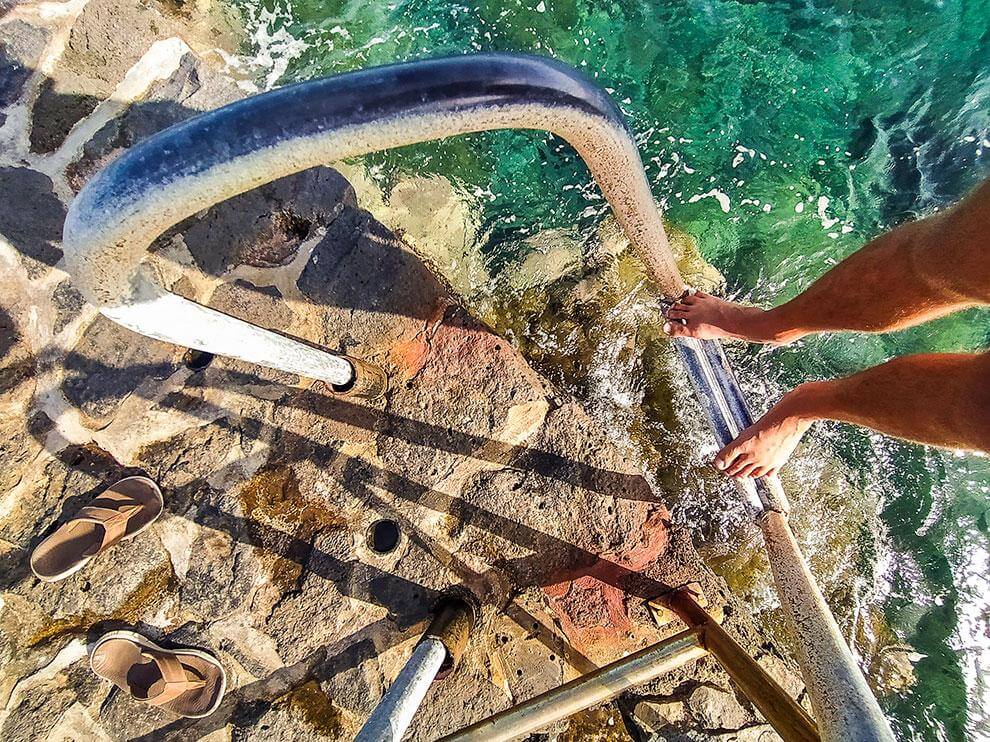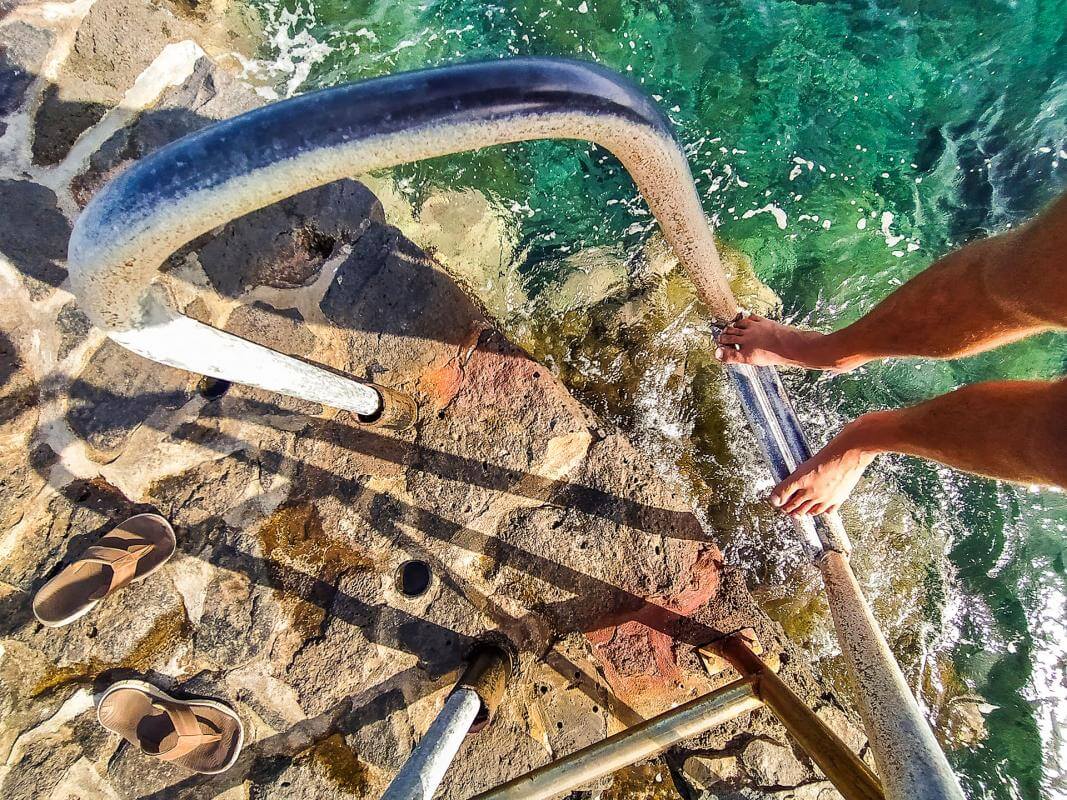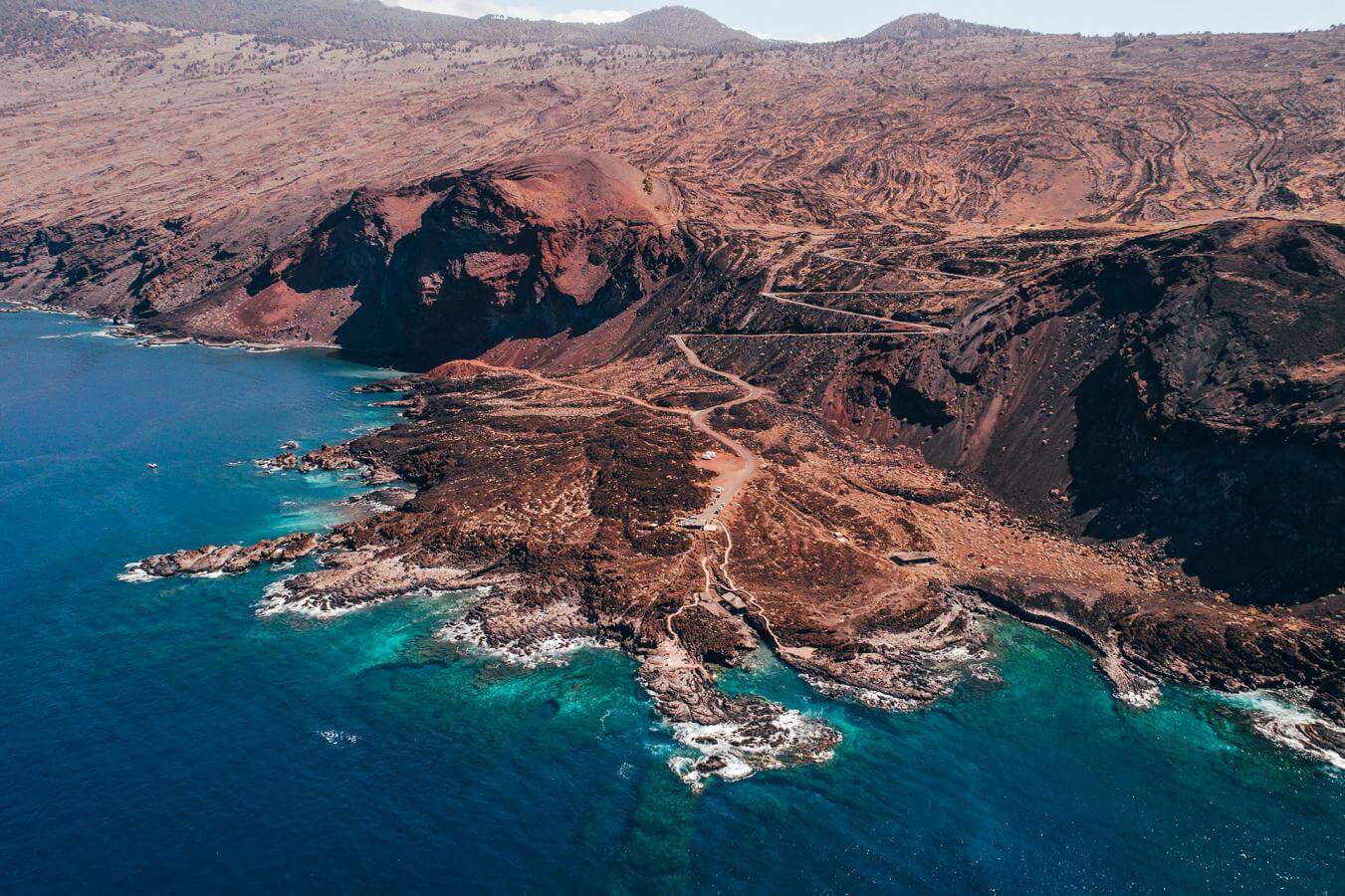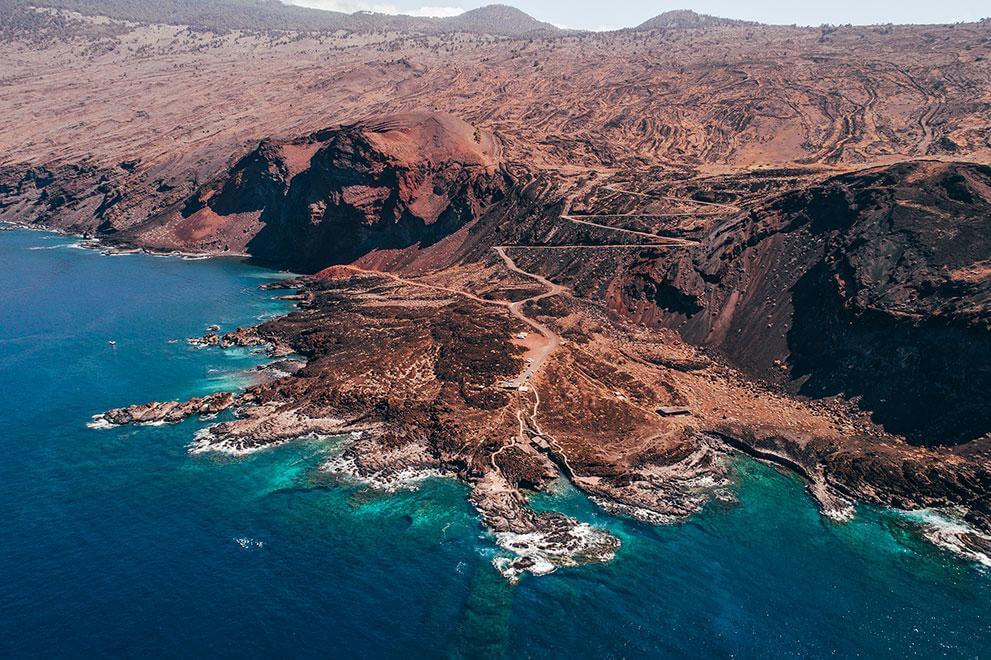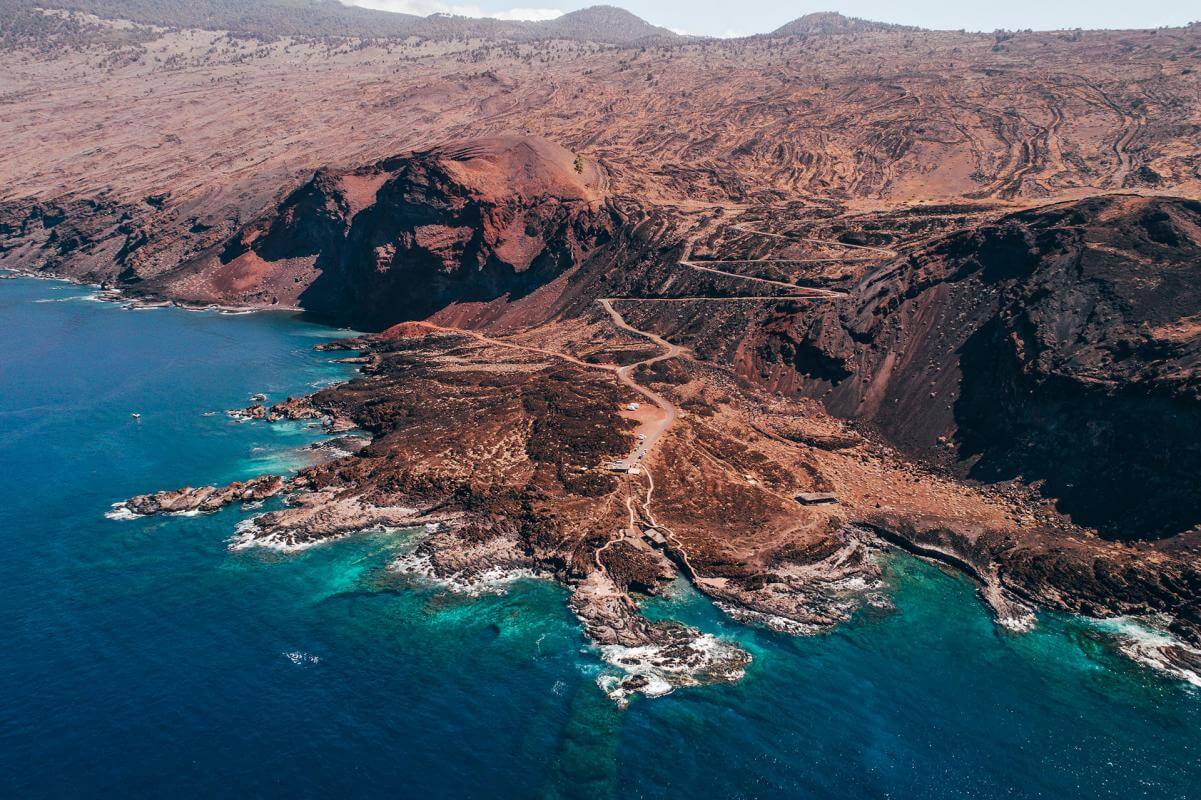El Hierro, in the Canaries, aims to become the first island in the world that is one hundred per cent sustainable within four to eight years.
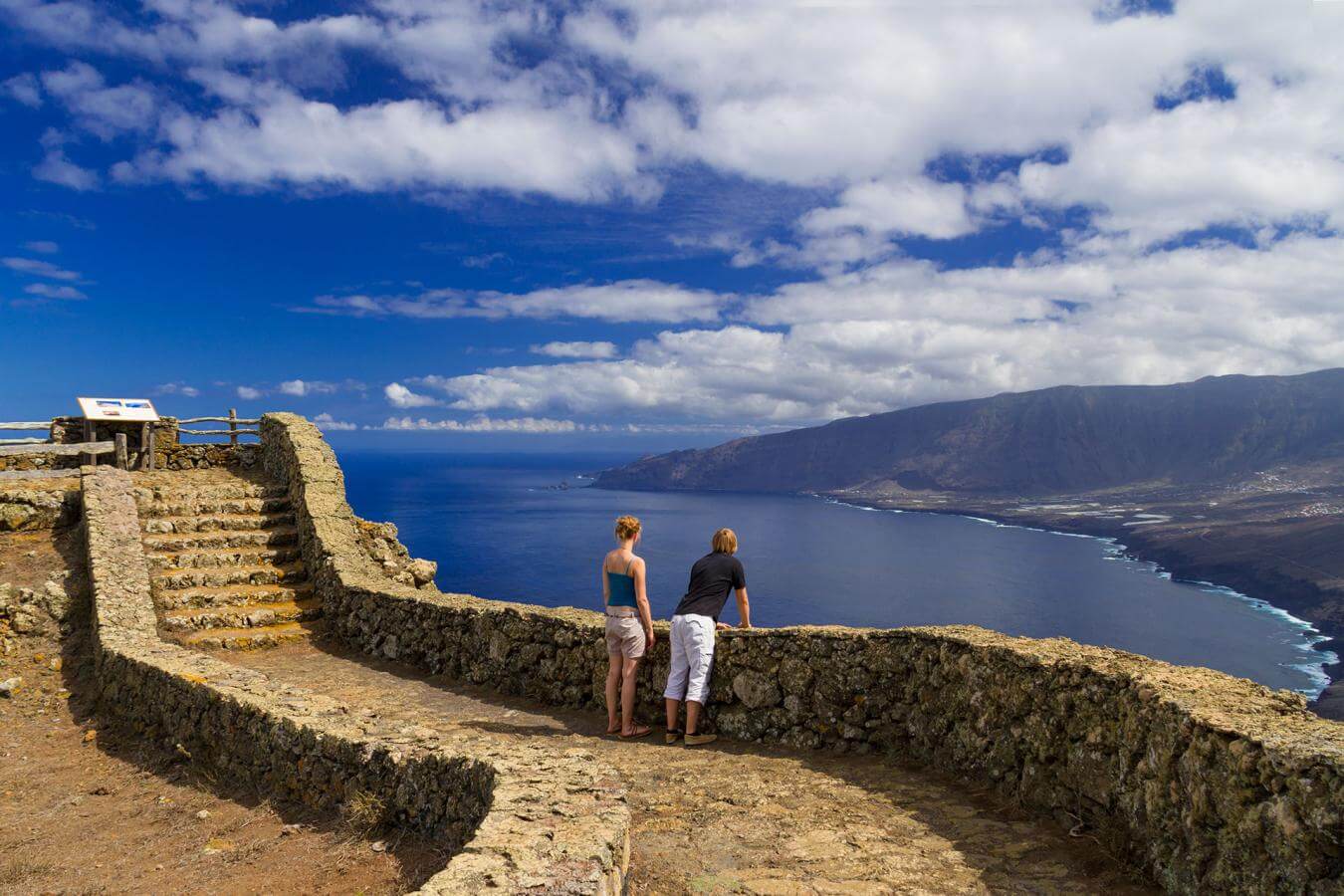
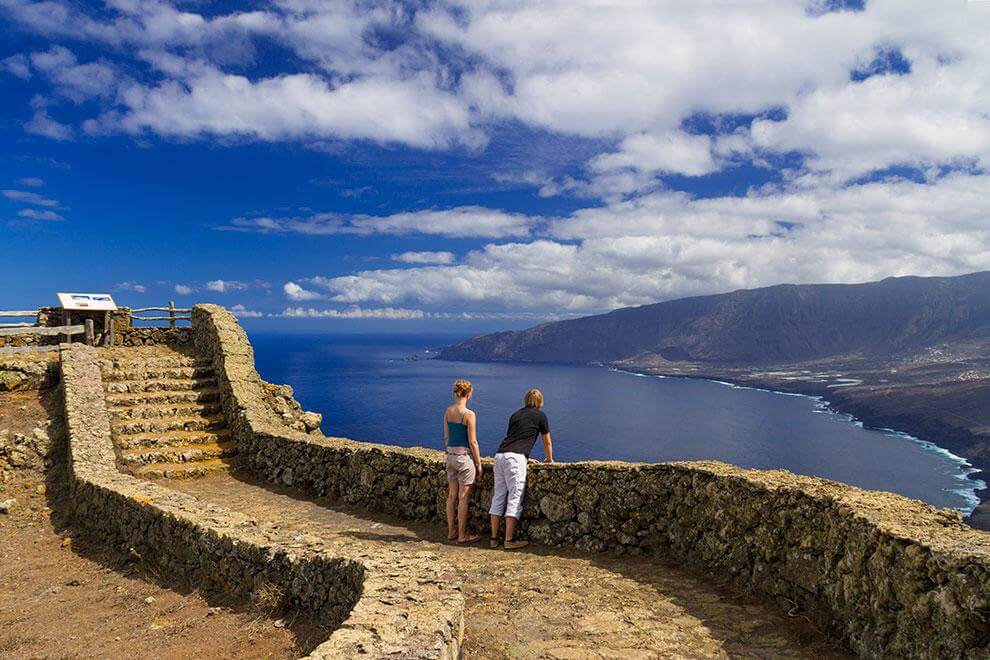
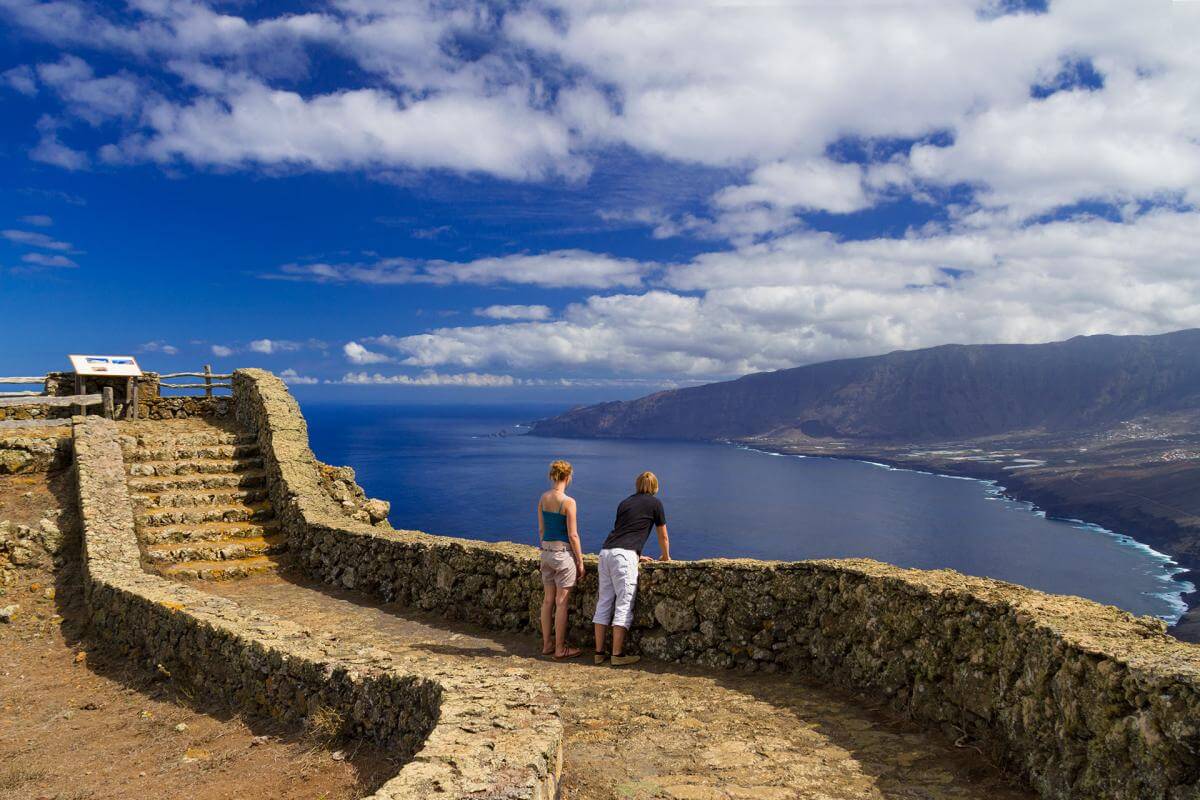
For twenty-four days in a row, between July 13 and August 7 2019, the Canary Island of El Hierro, which spans 268 km square kilometres and contains 10,968 inhabitants, managed to meet the energy needs of its entire population with renewable power alone. This was a world record for an island and demonstrates the possibility of breaking the dependence on fossil fuels. The island’s ambitions in the area of sustainable living are extensive. El Hierro’s president, Alpidio Armas, has announced that within the next four to eight years the island aims to be energy autonomous with a strategy based on one hundred per cent clean power. This would make El Hierro the first completely sustainable island in the world.
El Hierro, the second smallest of the Canary Islands after La Graciosa and a UNESCO biosphere reserve since 2000, has always been ahead of its time. Its search for sustainable living began in 1997 when it established a sustainability plan that was in advance of the rest of the world. The plan’s aims included energy self-sufficiency, an environmentally friendly tourism model, organic farming and a refuse strategy that incorporated zero waste. In 2006 a review was undertaken and the conclusion was drawn that the island had met eighty-two per cent of its policy objectives.
One of the pillars of this strategy was the construction of the Gorona del Viento hydroelectric power plant. It was built at a cost of eighty-two million euros and inaugurated on June 27, 2014. It supplies about sixty per cent of the island’s energy needs and is co-run by the government of EL Hierro, Endesa, the ITC and the Canary Islands Government. Of all the Canary Islands, El Hierro possess the largest number of volcanoes; there are more than five hundred cones, and the plant consists of a raised water reservoir installed in one of these empty craters. The hills around the capital Valverde are known for their consistent sweep of wind and wind turbines have also been installed there as part of the project.
El Hierro is an example of how renewable energy can supplant fossil fuels. Since 2015 greenhouse gas emissions have been reduced by 40,000 tons. In 2017, the Gorona power plant alone, saved the island 6,017 tons of diesel which is equivalent to 40,000 barrels of oil. To finalise the next objective of a completely sustainable and self-sufficient energy system work is underway to extend the power plant and introduce wave power (which uses the energy generated by the ocean), photovoltaics (which captures energy from the sun with solar panels) and a battery bank (to gather surplus production which can be consumed at a later date).
“To understand the desire the inhabitants of El Hierro display for a sustainable future it is necessary to know something of the history of the Canary Islands,” says Gonzalo Piernavieja, the director of the Technological Research and Development division of the Technological Institute of the Canary Islands (ITC), an institution that for more than twenty years has been working towards finding technological solutions to maximize the penetration of renewable energies in the Canary Islands. “For a very long time the island’s inhabitants have been forced to emigrate. (Latin America has been the choice destination for many.) The diaspora retains a strong attachment to the territory and is a major part of the push to protect the natural heritage of the islands.” Piernavieja states that the Canary Islands and El Hierro in particular have been able to become benchmarks in sustainability thanks to the particularities of their tourist flows. “How can the Canary Islands which has 2.2 million inhabitants and receives fifteen million tourists each year create a sustainable model for tourism? Well, because the tourist trade in the Canaries is steady throughout the year. There is no enormous summer influx such as that seen in the Balearic Islands or in many other archipelagos.” The consistent circulation of tourists – each month the largest islands are ready to receive 300,000 visitors – lays the ground for the type of sustainable energy plan that wouldn’t be possible if there were a deluge of people only a few weeks each year.
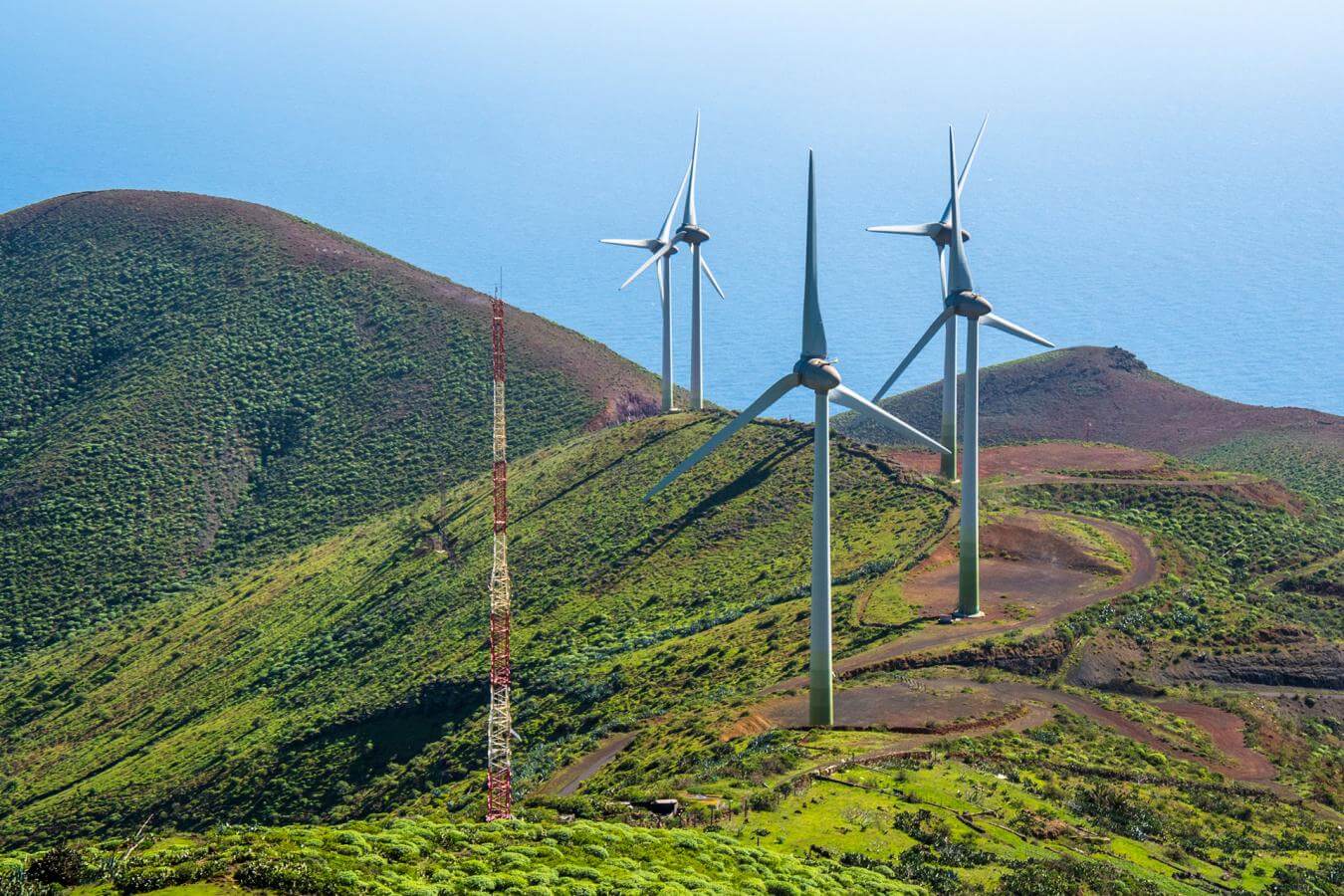
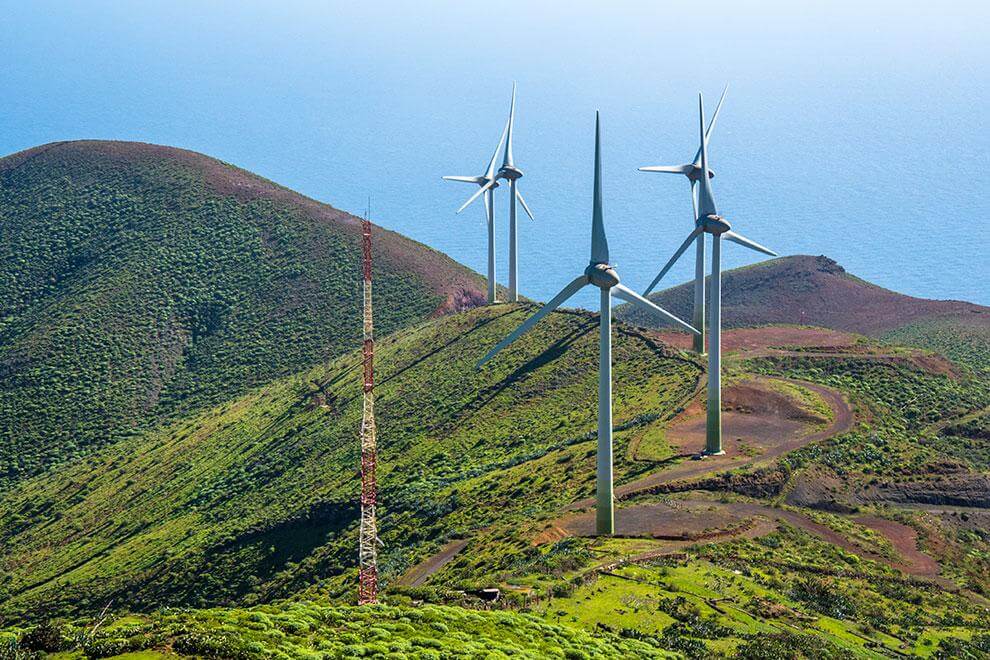
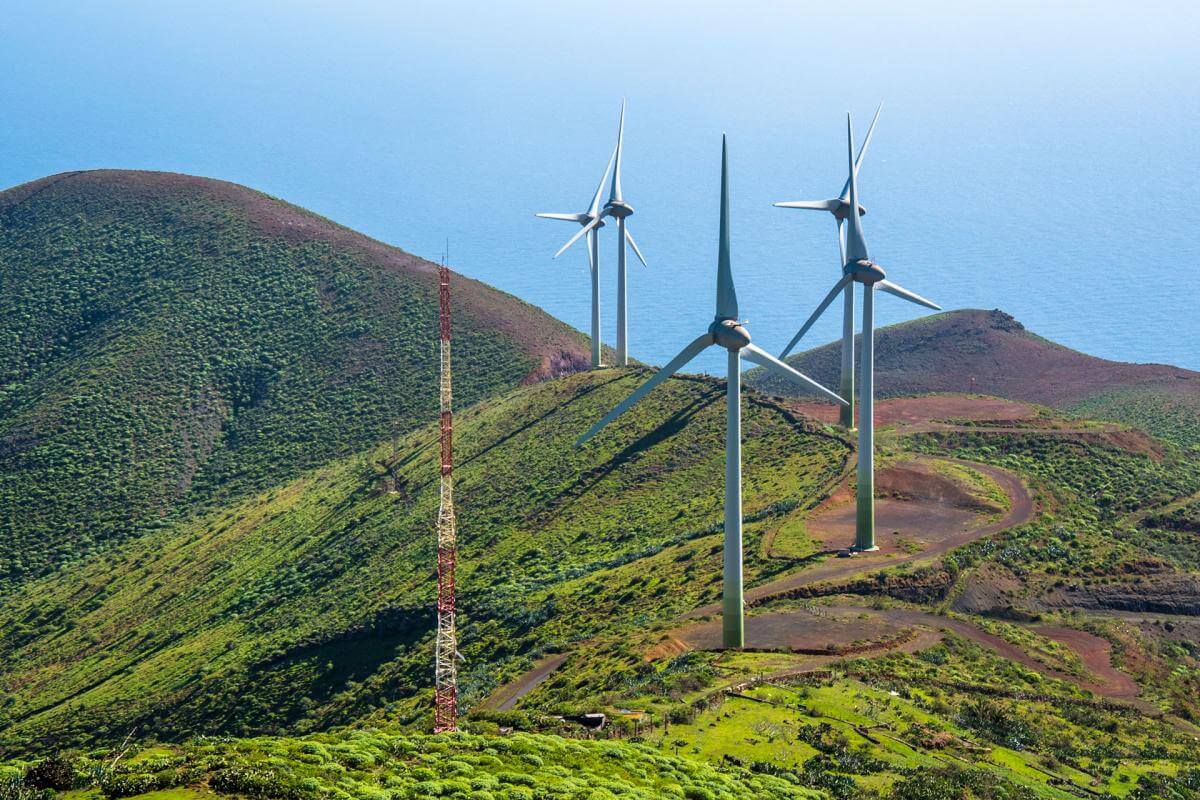
Sustainable transport
The Gorona power plant isn’t the only aspect of El Hierro’s sustainability model which makes it a point of reference. El Hierro’s Sustainable Transport Plan is an ambitious project which intends to, amongst other things, increase the frequency and coverage of public transport whilst improving the public’s awareness of routes and fares. The elderly constitute thirty per cent of public transport users and access for them will also be improved. A car-share pilot program, meanwhile, aims to streamline the use of private transport for public employees. Other aspects covered by the initiative include the reduction of taxi licenses. Public transport and shared taxis are also promoted as the preferred means of reaching the main tourist and leisure centres. Aside from this, there is a detailed plan to add electric minibuses to the public transportation fleet. As well, in certain parts of the island, private car users are encouraged to go electric with vehicles that can be plug into the grid which is fuelled by the hydroelectric plant. At the same time, the island government is putting into effect a biodiesel strategy in which the exploitation of used vegetable oil collected on the island reduces the carbon footprint still further.
In 2015 the island joined UNESCO’s Global Geoparks Network. A geopark is a site of unique geological heritage which maintains its own development strategy. The territory must be clearly defined and encompass an area of sufficient size to undertake a program of autonomous economic growth. The initiative was a good fit for El Hierro. Its demand that the social and economic benefits of the island’s spectacular geological heritage should be harnessed in an efficient and sustainable way mirrored the pre-existing expectations of the islanders.
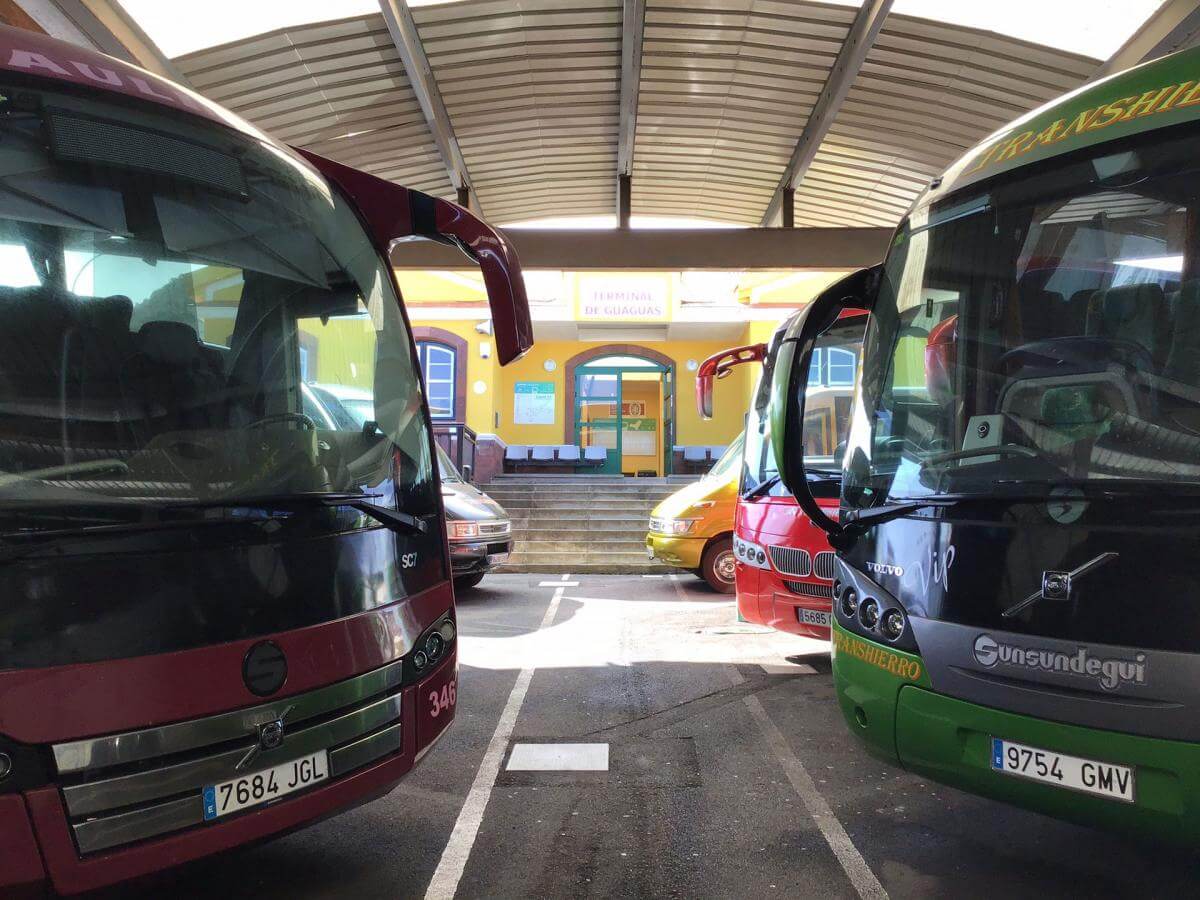
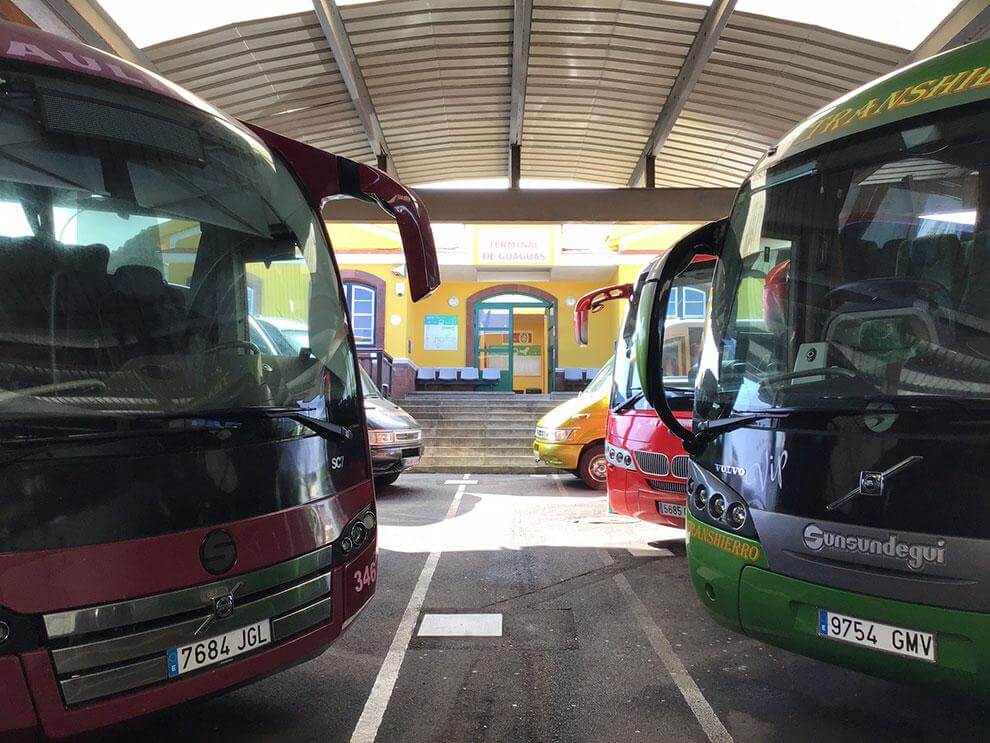
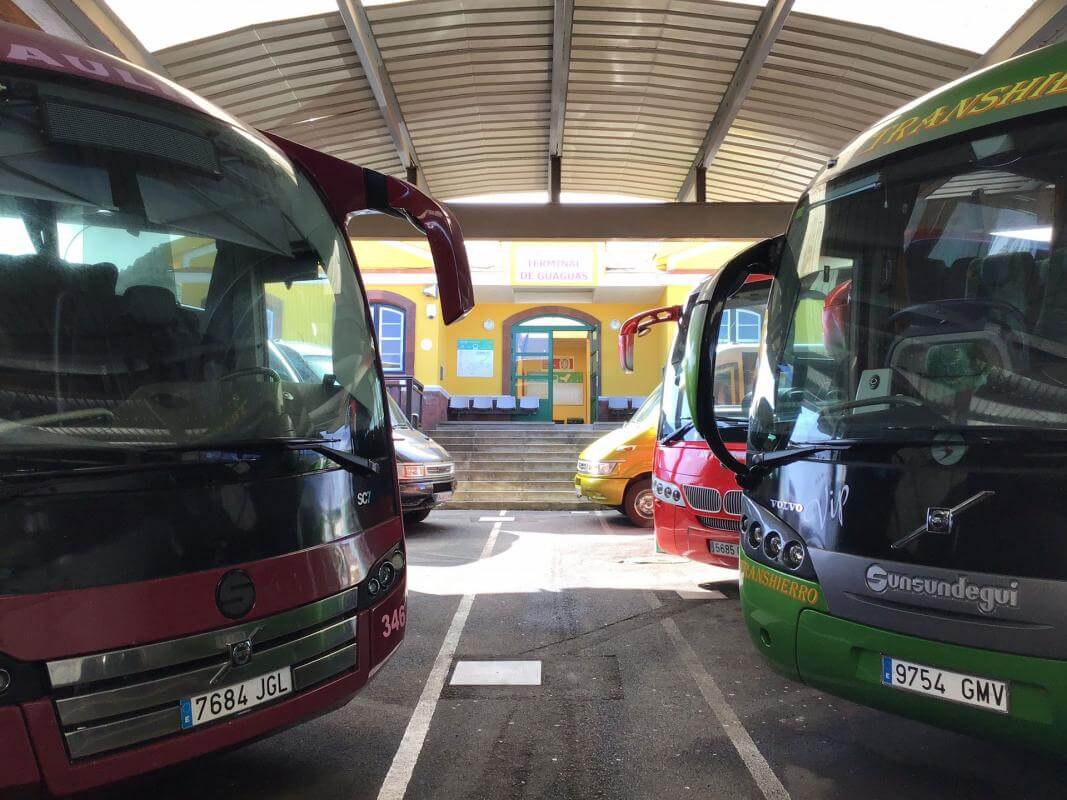
Ecological agriculture
In January 2010, to coincide with the tenth anniversary of the island’s designation as a biosphere reserve, the island government presented a document in which they promised that within eight years the island would become one hundred per cent ecological and self-sufficient in agriculture, livestock, fishing and food. For several decades now the island has been considered an industry leader in the organic production of certain crops such as bananas, and El Hierro remains the island with the largest area of certified organic production (despite not yet having fully reached its sustainability goals). There are fifty-three registered operators and 4,232 hectares in use (including pastures of the Dehesa).
Permaculture is a set of natural design principles inspired by patterns exhibited in nature. It is applied to projects in agriculture, politics and economics, and is used as a blueprint for a number of projects on the island. One of them, the PapaGaia Permaculture School, has become the go-to venue for all those interested in sustainable life, agroecology, ecofeminism and art.
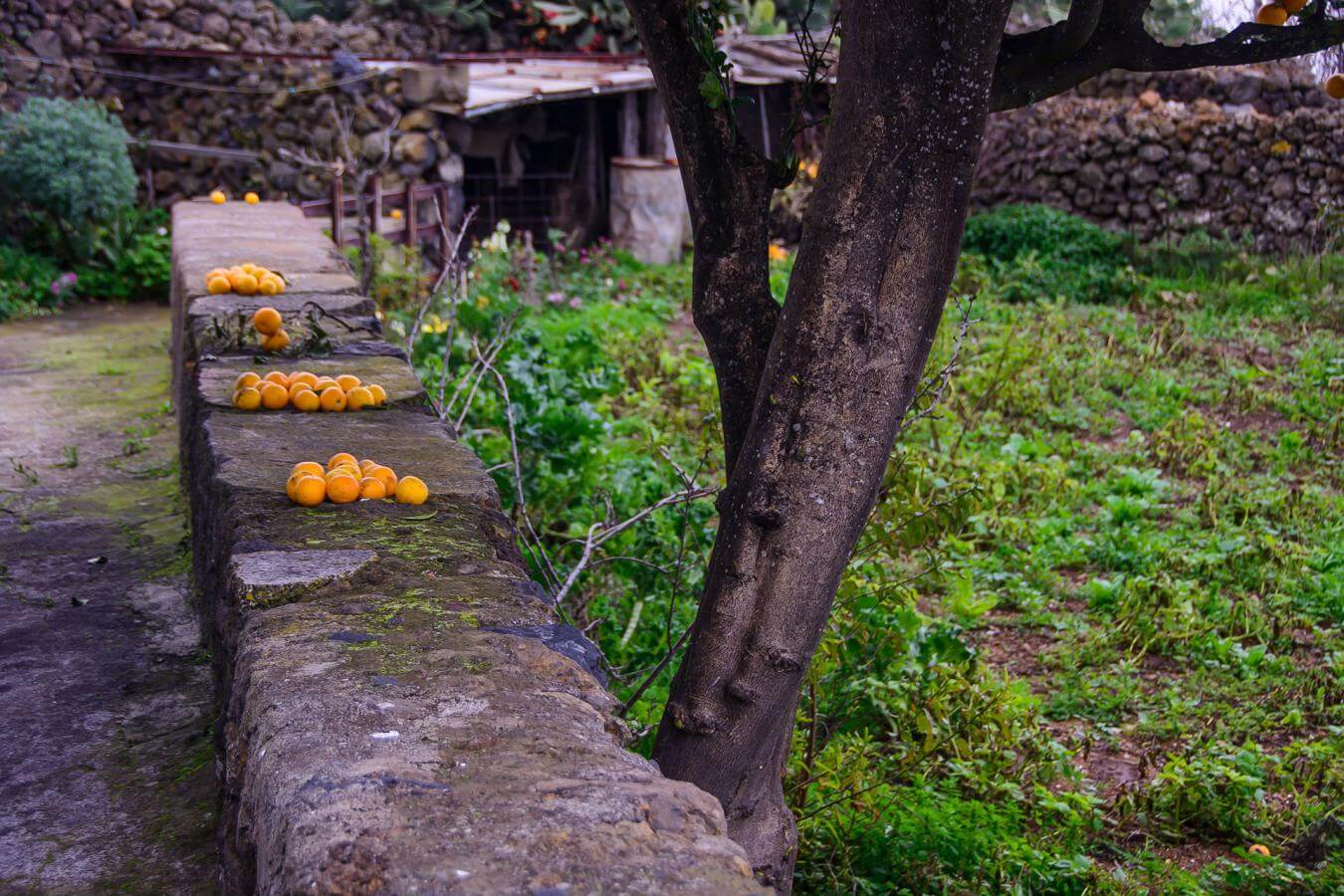
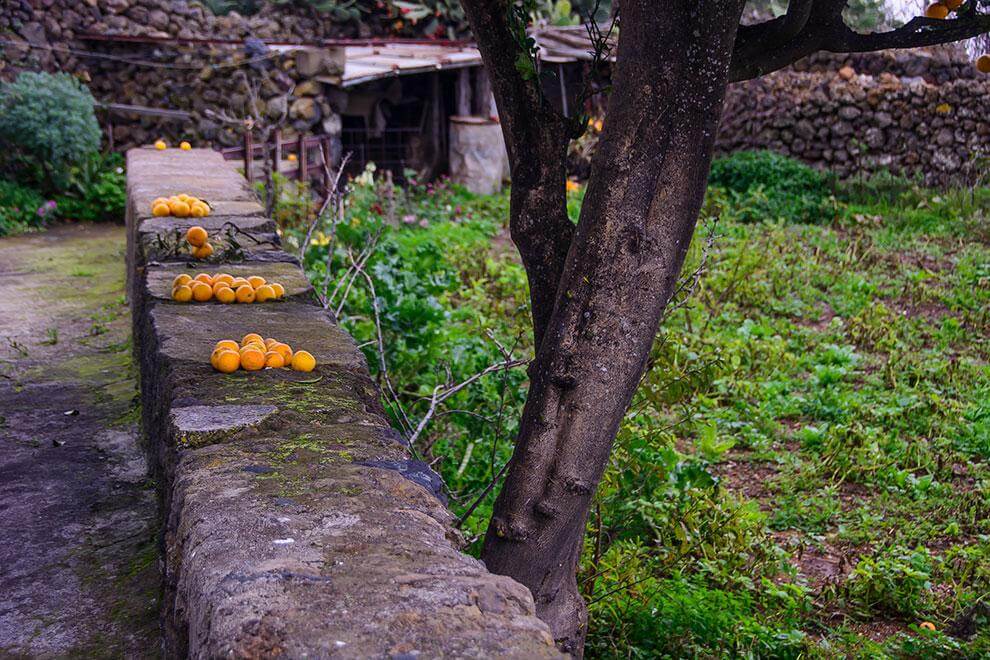
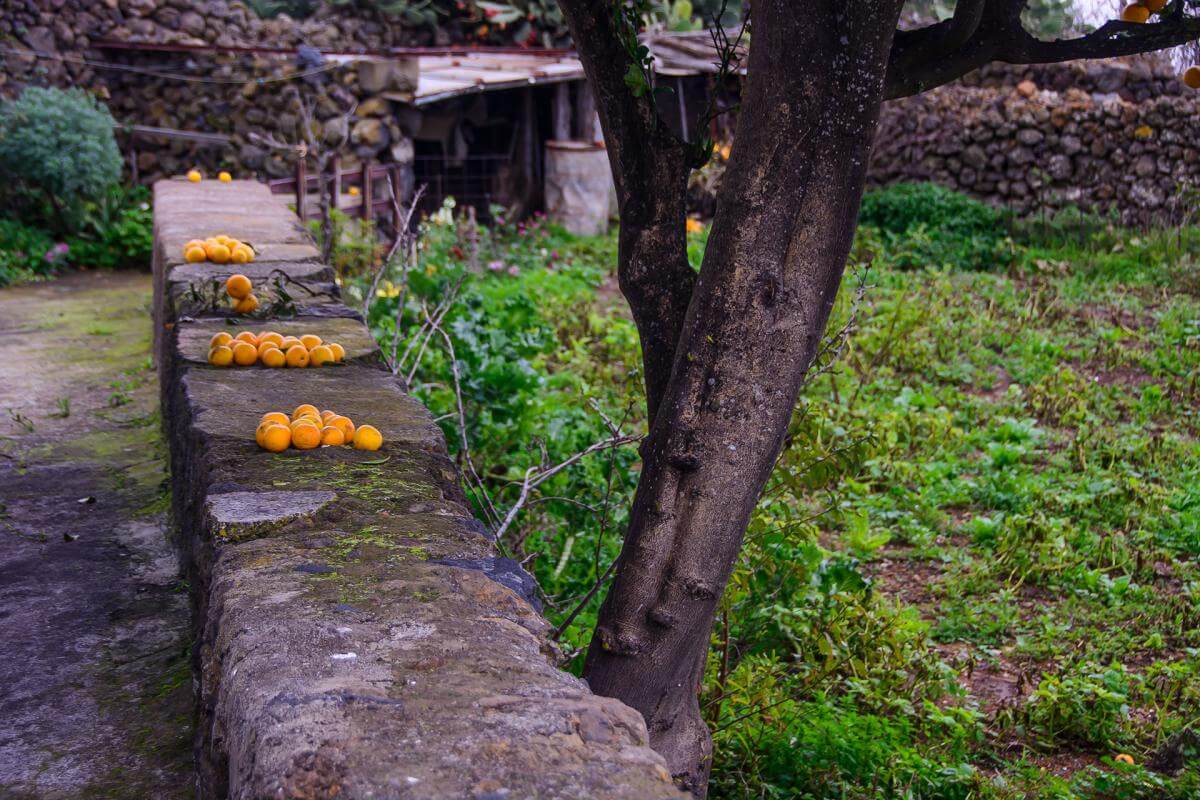
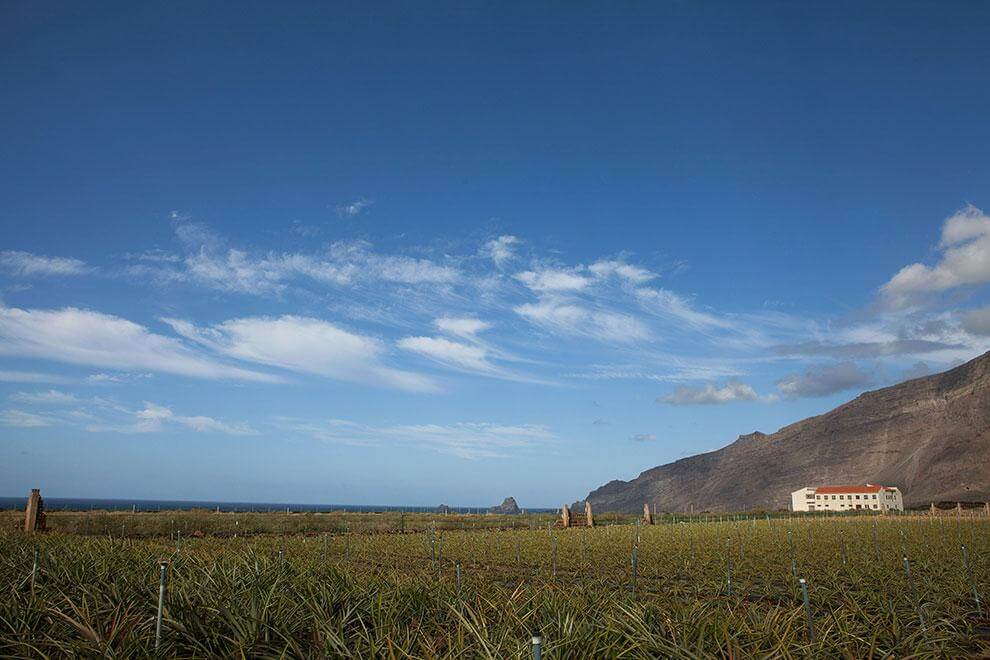
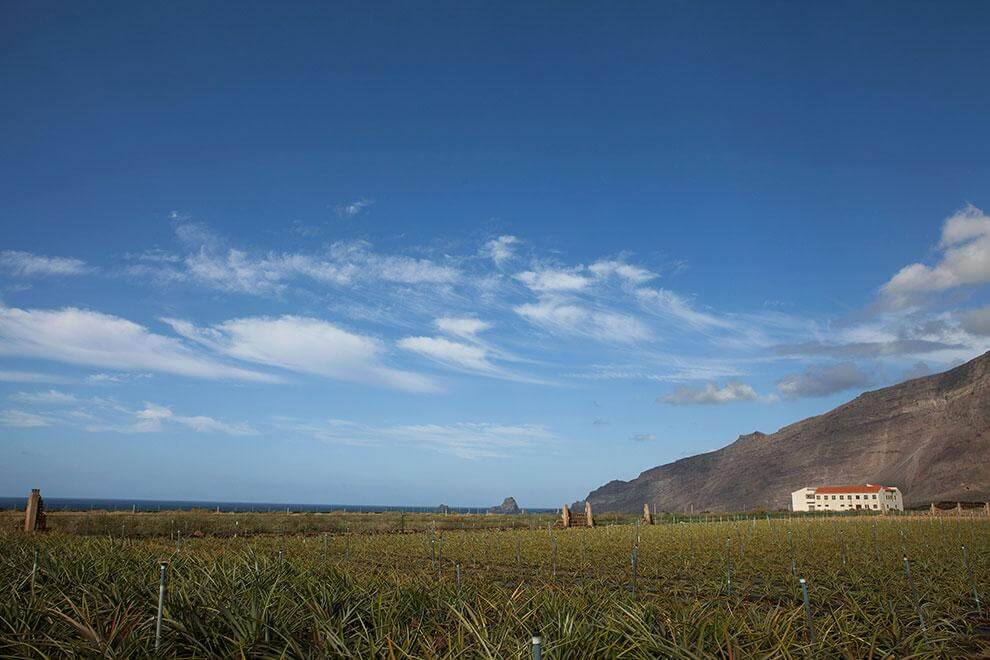
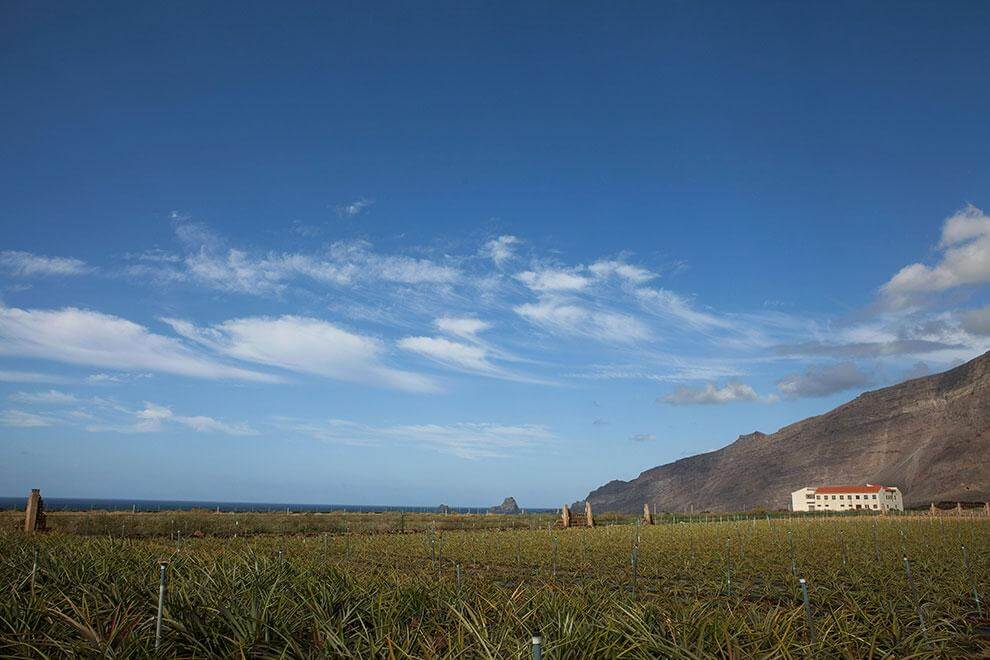
Sustainable tourism
The exquisite volcanic landscapes, the delightful swimming areas, the pleasant year-round climate and the generalised sense of charm that spreads into each corner of this quiet and compact island make El Hierro the perfect destination for thousands of tourists each year. Divers from all over the world come to El Hierro to dive in the Mar de las Calmas – one of the Canary Island’s three marine reserves – or else in other parts of the rugged coastline of El Hierro which is full of crystal clear water and multi-coloured marine flora and fauna which includes groupers, viejas, morenas, trumpet fish, lobsters and even devil rays and whale sharks.
